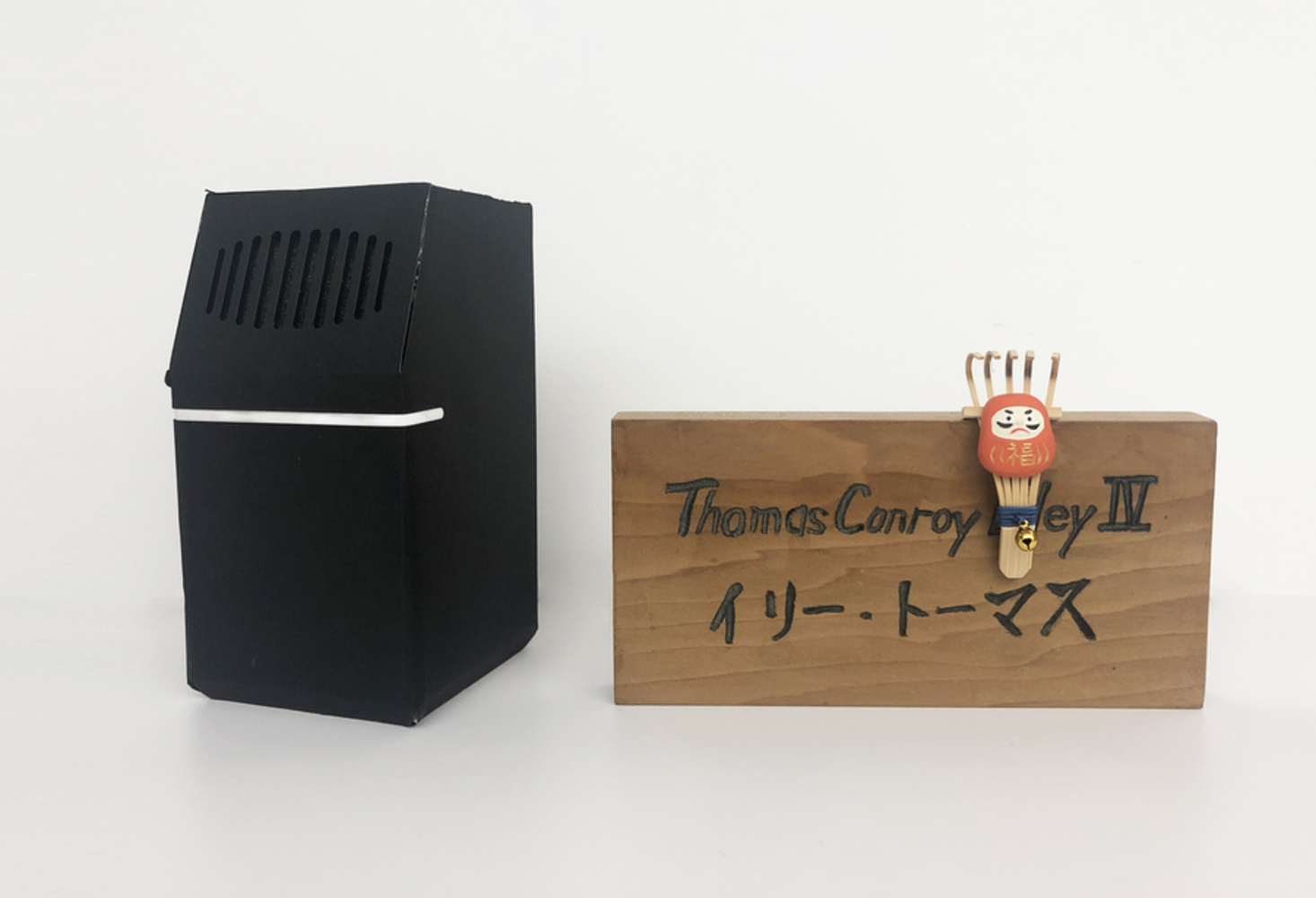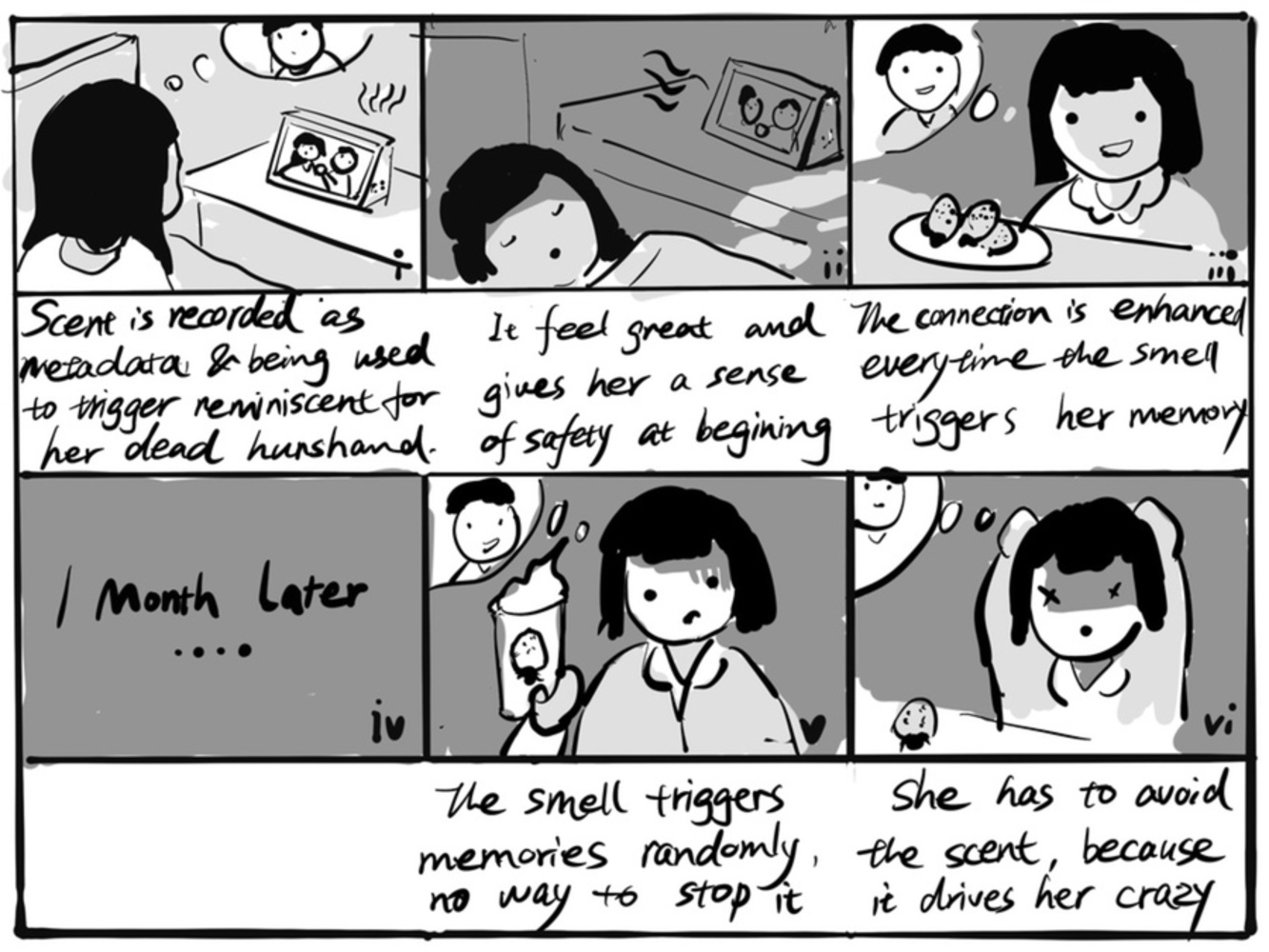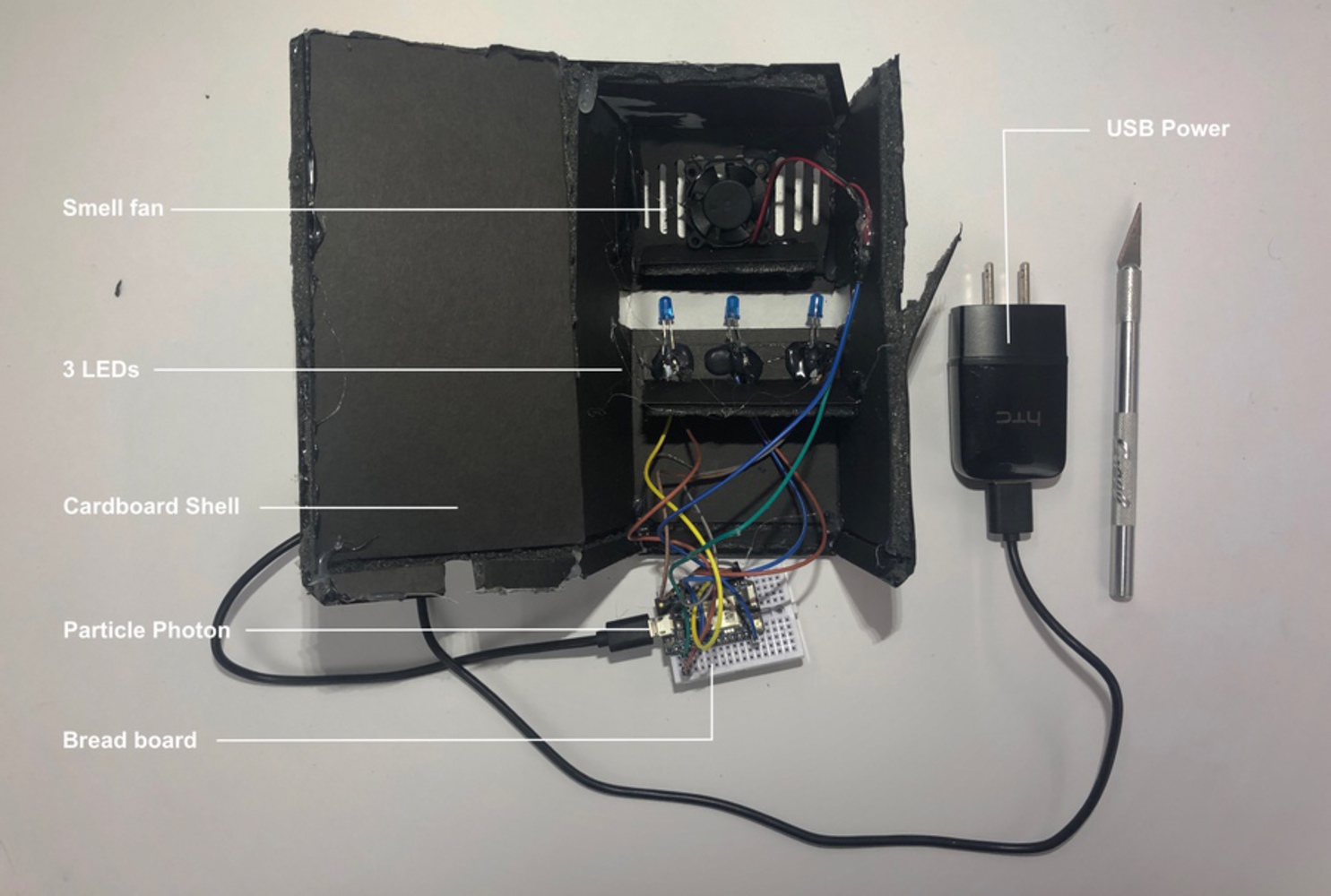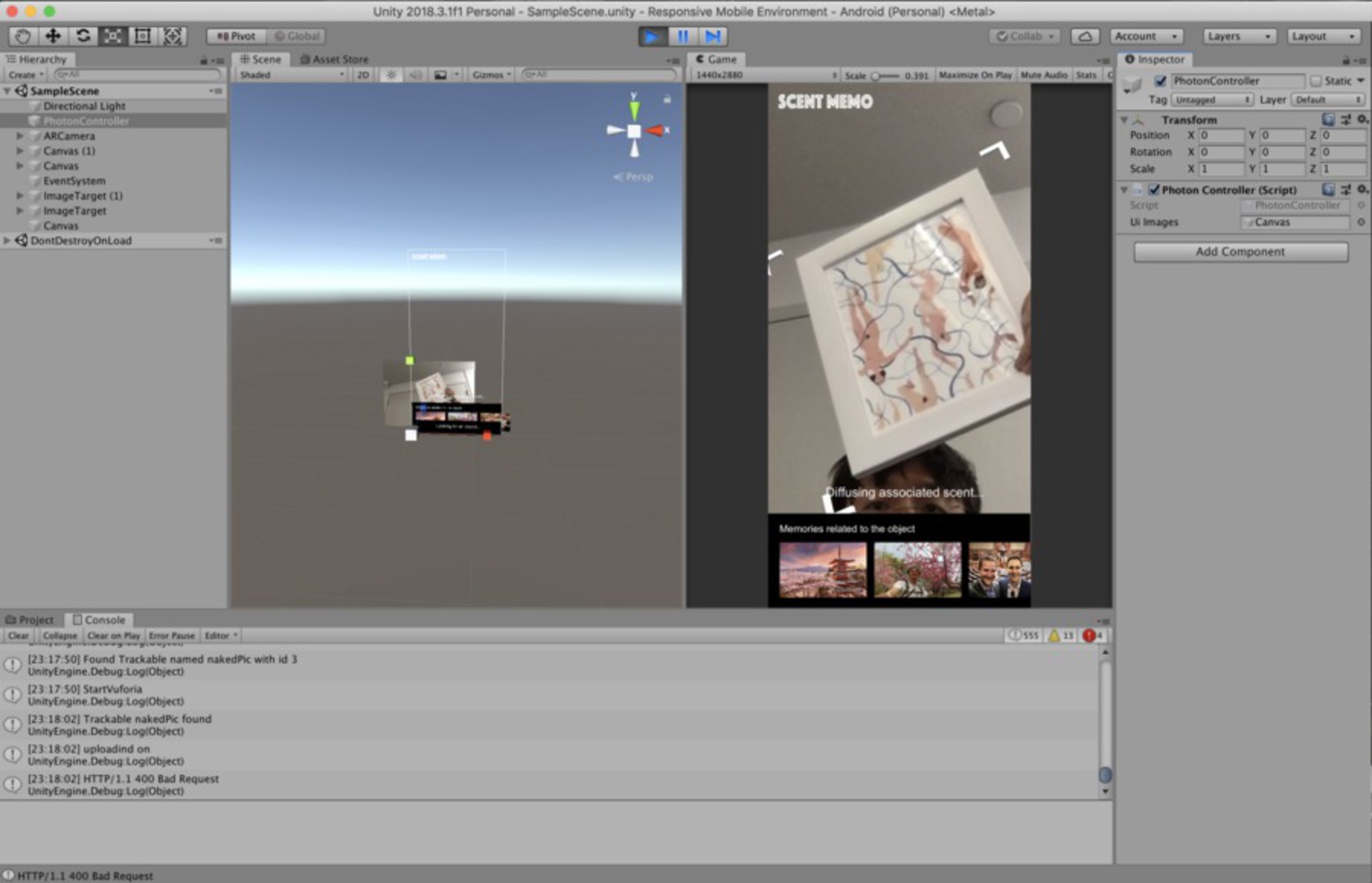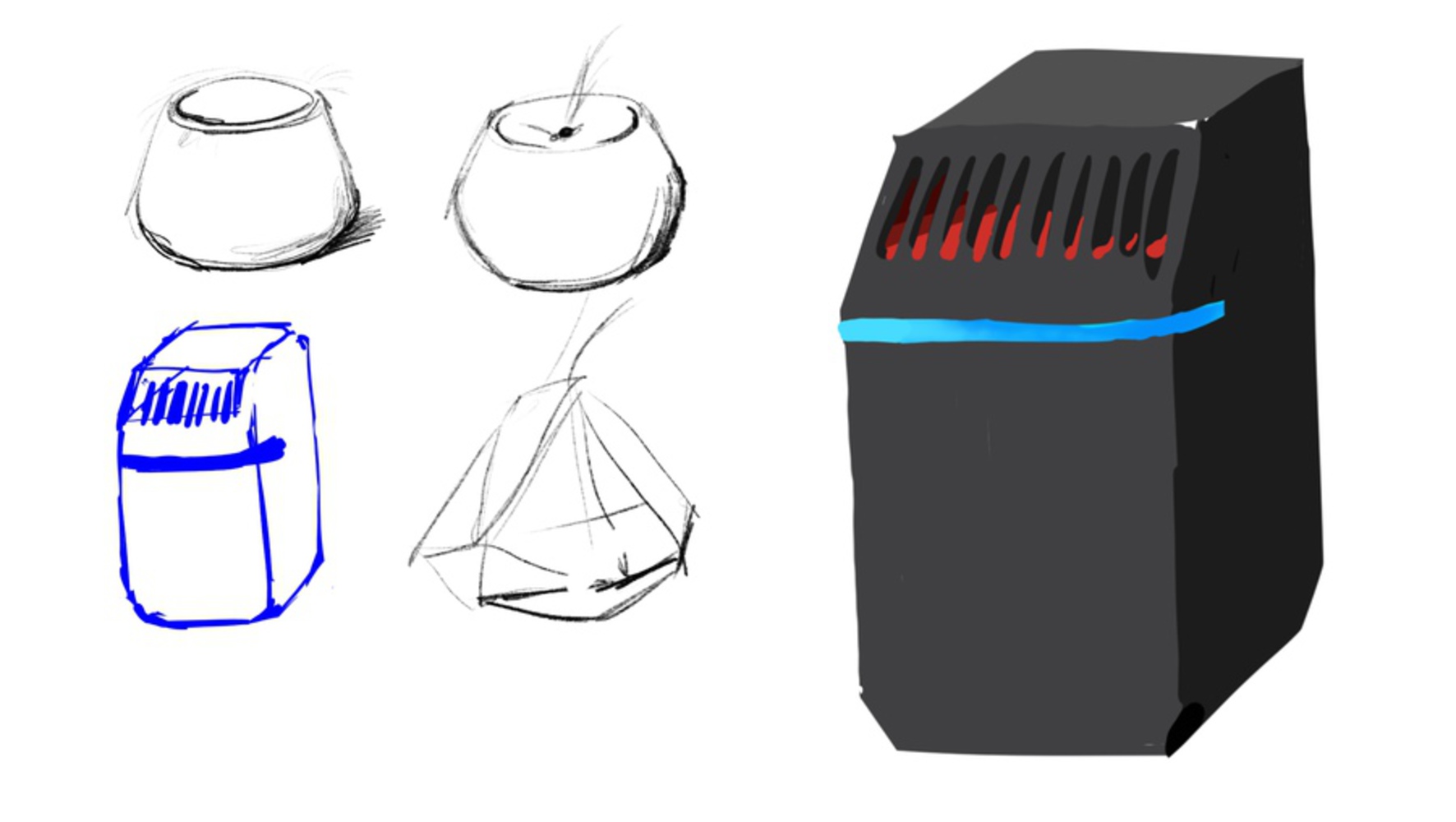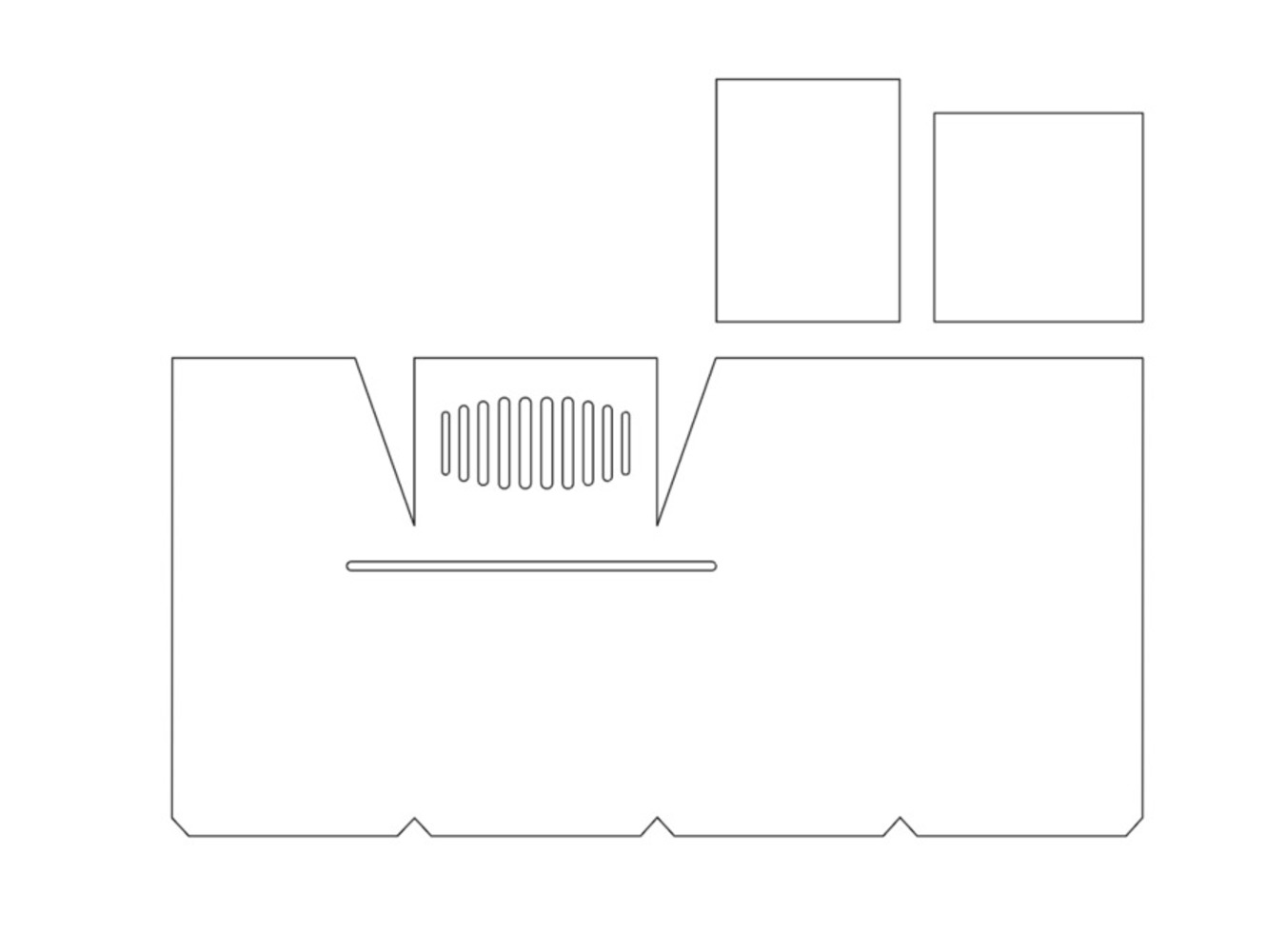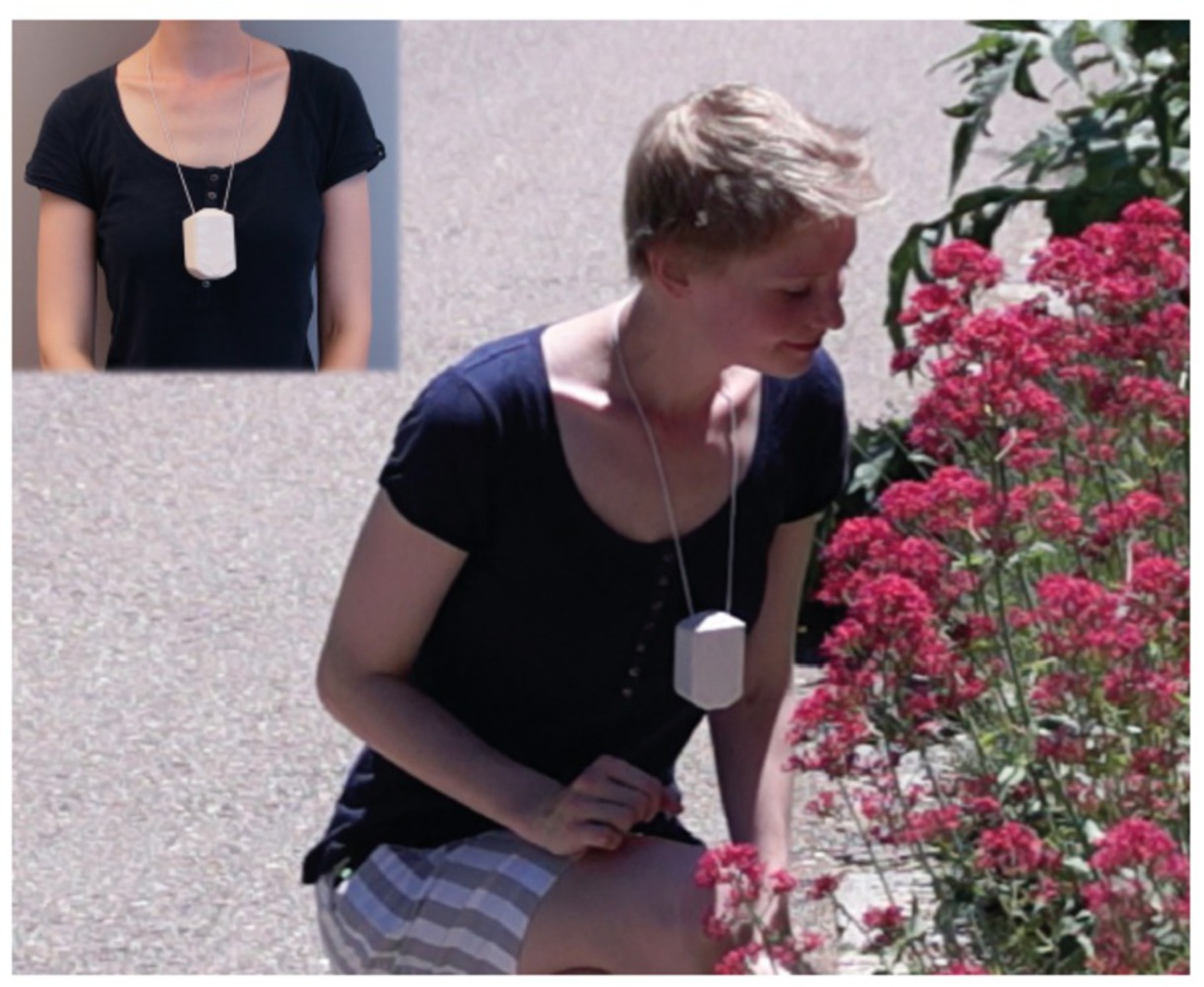Concept
Scent Memo is digital device that can store and diffuse various of odors related to one's memories. Researchers have found that olfactory is strongly wired with people's memories and emotions, and that's why when we smell certain type of odors, we instantly travel back to a past moment filled with emotions. Which is why it's a perfect way for reminiscing one's past and recall our memories. With that in mind, I am wondering what if every physical object can store the odor information related to an individual's memory? What if a device can even diffuse that smell and help a person to reminisce?
Inspired by some previous works on Joseph Kaye's olfactory display and David Dobbelstein's project inScent, which is a olfactory display for mobile notification, I started to explore the concept of utilizing smell for a kind of design intervention and help people to recall the memory. The initial thought was to shoot a concept video, in which a olfactory display facilitates people's reminiscing activities while also caused serious dissonances, and it eventually becomes annoying and disturbing for daily life.
